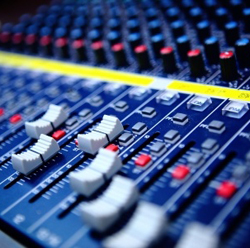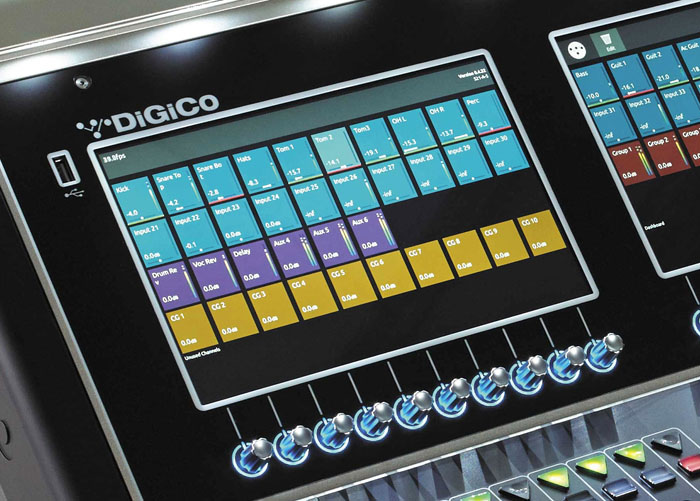At the heart of a sound reinforcement system is the mixing console, handling the routing, gain adjustments, balancing between inputs, EQ, and possibly some processing of the audio as well.
When it’s a large analog console, invariably at least one person walks up to us at a gig to ask, “Do you know what all those knobs do?” Recently while freelancing at a gig on an unfamiliar digital board, I had to ask another audio tech for help in finding a parameter adjustment in the vast menu. “I know what all the knobs do,” I explained. “I just don’t know where in the menu to find them!”
While some older techs (like me) might get lost in the layers of digital, some younger techs get lost on the basic principles of consoles. Analog boards are a little easier to figure out because every adjustment has a dedicated knob, switch or fader. Learn one channel strip and one master output strip and you pretty much know the entire console.
Digital consoles may have hidden features, such as a master aux pre/post switch I was looking for the other day along with additional processing like graphic EQs or FX units that can be “plugged in” and inserted where needed.
Getting Started
Let’s go through typical console routing, beginning at the channels. Input channels have a preamp and the volume adjustment on the preamp is usually labeled “gain” or “trim.” This allows setting the input gain into the console for different microphone or line level sources.
Setting the gain too low sacrifices headroom in the console and increases the noise floor. Set it too high and the signal can overload, causing distortion. There may be an indicator LED or meter on the channel that can be used to set input gain. If not, solo the channel and use the main meters to get a good level. Most consoles include a pad switch that will reduce the level of a “hot” audio signal in this quest.
Condenser and tube mics – and some DI boxes – require phantom power to operate, and larger consoles may include individual channel switches to supply it. Smaller or older boards may offer phantom power for groups of channels, or even the entire console. Make sure phantom power is off when plugging in mics and DIs or the resulting “pop” could damage the mics as well as loudspeaker drivers.
Larger consoles incorporate a polarity switch for input channels. This may be labeled “flip” or marked as a “phase” switch. Let’s go over the basics. A positive sound pressure on a mic should produce a positive voltage down the cable into the console. If you flip or invert an audio signal and add it back to the original non-inverted signal, there’s disruptive cancellation in the signal.
A common example is a mic positioned above a snare drum – the first hit moves the drum head away from the mic, causing a negative pressure wave, but as the head rebounds back, it causes a positive pressure wave. Position a mic beneath the snare and the first hit causes both top and bottom drum heads to go toward the bottom mic, causing a positive pressure wave at the mic’s diaphragm. Use both mics at the same time and some of the sound will cancel each other out. Reverse the bottom mic’s polarity and a more rounded sound is captured.
Another use of a polarity switch can be with two kick drum mics, or a trick that I use with a kick drum mic and a loud drum monitor. With the kick mic placed inside the drum shell, when the beater strikes, it produces a positive polarity, with the woofer in the drum monitor moving forward to reproduce the positive polarity signal.
But in reality, the drum head is moving away from the drummer, so the loudspeaker and drum head are moving out of polarity with each other. Flipping the polarity on the mic or loudspeaker box produces a more full kick sound at the drummer, usually enough to stop them from asking for more monitor volume (always a good thing in terms of feedback and in general).

















